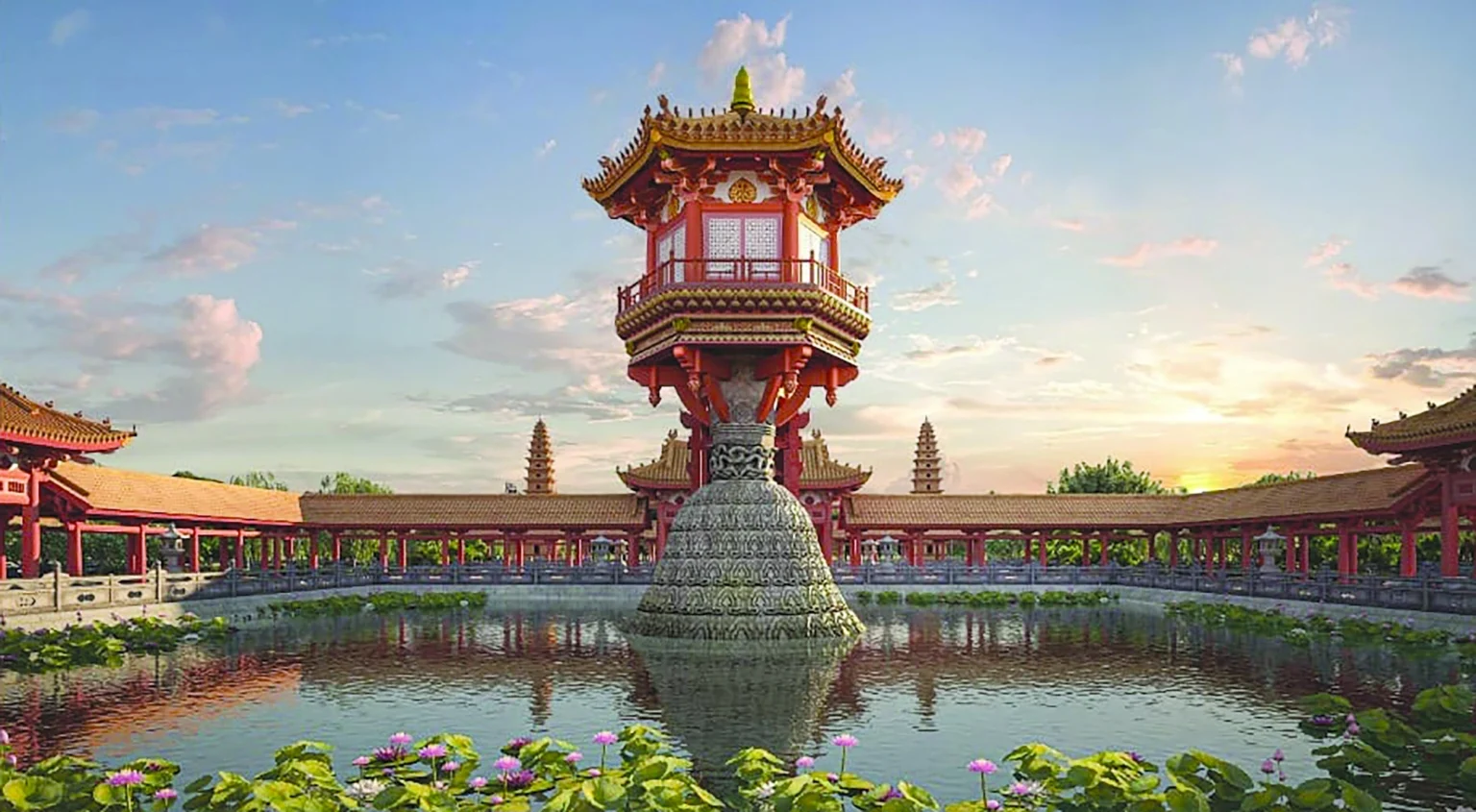Vietnamese Buddhist traditions are among the most vibrant and enduring cultural and religious expressions in Southeast Asia. With over 2,000 years of development, they reflect a unique fusion of Indian Mahayana teachings, Chinese philosophical influence, and local Vietnamese spiritual beliefs. More than just a religion, Buddhism in Vietnam is a way of life—a source of moral guidance, national identity, and social harmony.
In this in-depth article, we explore the origin, evolution, and current practice of Vietnamese Buddhist traditions, helping travelers, scholars, and spiritual seekers understand their significance and contemporary relevance.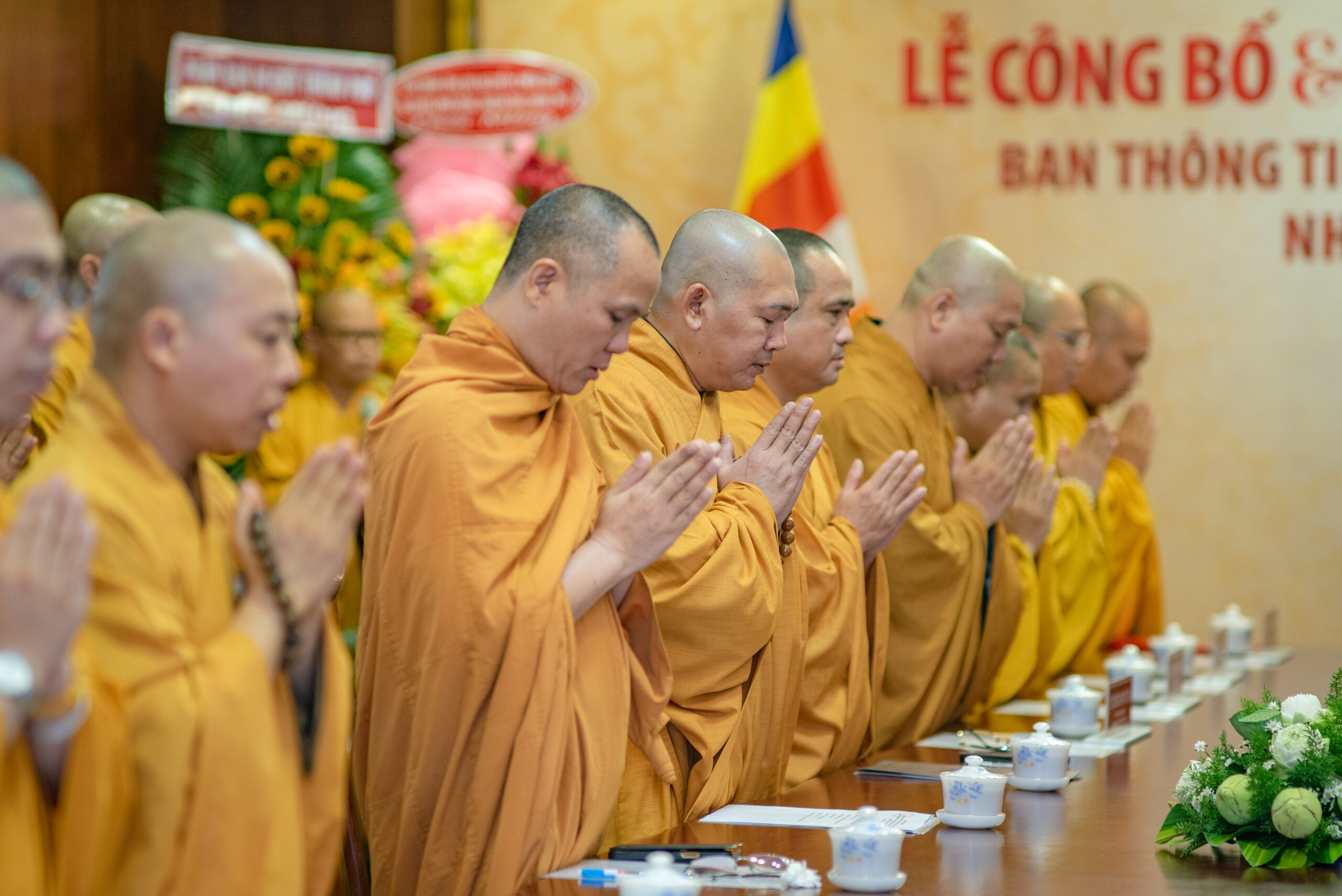
What Are Vietnamese Buddhist Traditions?
Vietnamese Buddhist traditions refer to the practices, beliefs, rituals, and institutions that make up Buddhism as it has been historically and culturally practiced in Vietnam. This includes:
- Religious philosophy rooted in Mahayana Buddhism
- Zen practices and meditation traditions
- Ancestor worship blended with Buddhist rituals
- Folk spirituality, including goddess worship and temple offerings
- Community festivals, rituals, and ceremonies at pagodas
Together, these elements form a distinct Vietnamese spiritual identity, one that honors both the transcendental teachings of the Buddha and the deep cultural roots of the Vietnamese people.
Historical Background of Vietnamese Buddhism
Early Introduction
Buddhism first entered Vietnam in the 2nd century CE, through two primary routes:
- From India, via sea trade along the southern coast
- From China, through the Red River Delta in the north
This dual origin helped form a hybrid Buddhist culture where Indian Mahayana scriptures met Chinese Confucian and Taoist philosophies.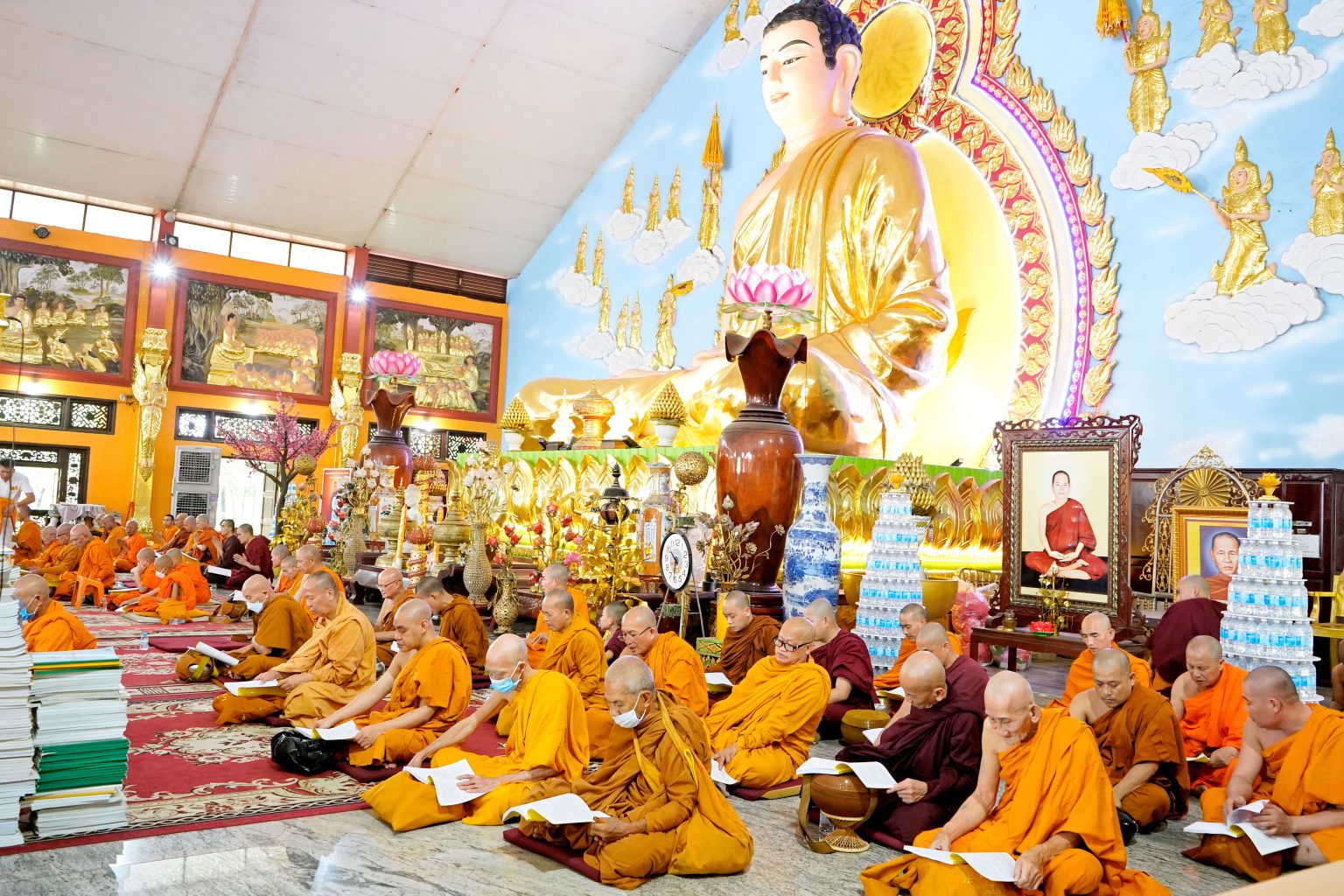
The Lý and Trần Dynasties: Golden Age of Buddhism
During the Lý (1009–1225) and Trần (1225–1400) dynasties, Buddhism became the state religion of Vietnam. It flourished in all areas of life—political, intellectual, and spiritual.
Prominent features of this era include:
- Monks acting as royal advisors (e.g., Khuông Việt and Vạn Hạnh)
- Kings who became monks, such as Trần Nhân Tông, founder of the Trúc Lâm Zen Sect
- Large-scale temple construction and Buddhist education
This was the time when Vietnamese Buddhist traditions were institutionalized and deeply embedded in national consciousness.
Core Principles of Vietnamese Buddhist Traditions
Vietnamese Buddhist thought revolves around human ethics, spiritual liberation, and social harmony. Some of the foundational principles include:
1. Compassion (Từ Bi)
- Seen not only as a religious value but a social one
- Motivates charitable work, medical aid, and care for the poor
2. Karma (Nhân Quả)
- Strong belief that moral cause and effect governs life
- Encourages ethical behavior and responsibility
3. Non-attachment (Vô thường)
- Life is impermanent; wisdom comes from letting go
- Inspires mindfulness and detachment from materialism
4. Engaged Buddhism
- A tradition of monks and laypeople participating in national defense, education, and welfare
- Traces back to historical figures like King-Monk Trần Nhân Tông and Zen Master Vạn Hạnh
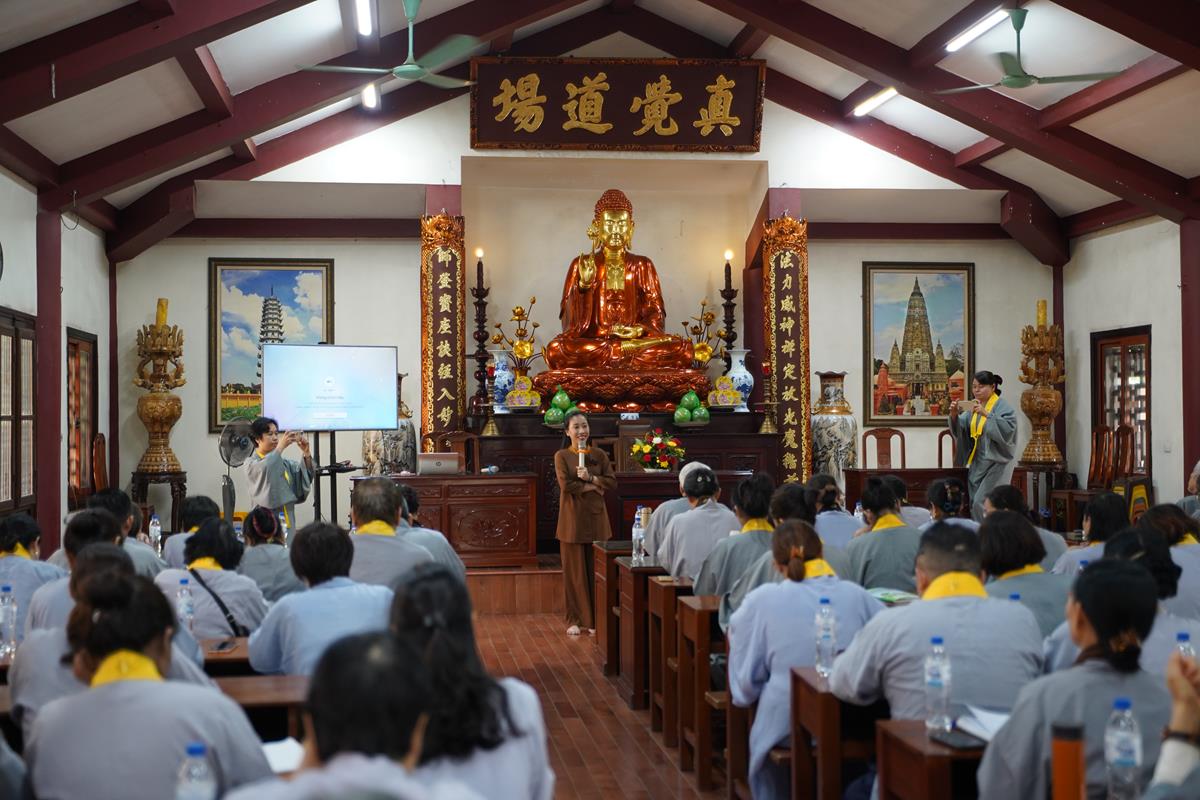
Vietnamese Buddhist Practices
Vietnamese Buddhist traditions are rich with daily rituals, seasonal festivals, and life-cycle ceremonies.
1. Temple Worship
- Lighting incense, offering flowers and fruits, chanting sutras
- Daily and monthly rituals for peace, healing, and merit-making
2. Ancestor Veneration
- Blends Confucian values and Buddhist beliefs
- Regular offerings to deceased relatives to honor and support their spiritual journey
3. Meditation (Thiền)
- Especially important in Trúc Lâm Zen Buddhism
- Focus on mindfulness, insight, and inner peace
4. Ritual Chanting (Tụng Kinh)
- Common in both home and temple settings
- Used to bring blessings, healing, or mark important spiritual days
Major Festivals in Vietnamese Buddhism
Festivals form a vital part of Vietnamese Buddhist traditions, drawing huge public participation regardless of religious background.
| Festival | Significance | Timing |
| Vesak (Phật Đản) | Celebrates the birth, enlightenment, and death of the Buddha | 15th day of the 4th lunar month |
| Vu Lan Festival | Honors ancestors and parents, both living and deceased | 15th day of the 7th lunar month |
| Tết (Lunar New Year) | Vietnamese New Year, celebrated with temple visits and blessings | January–February |
| Ghost Festival | Offers food and prayers to wandering spirits | Throughout lunar July |
Each of these festivals includes community gatherings, almsgiving, chanting, and vegetarian feasts.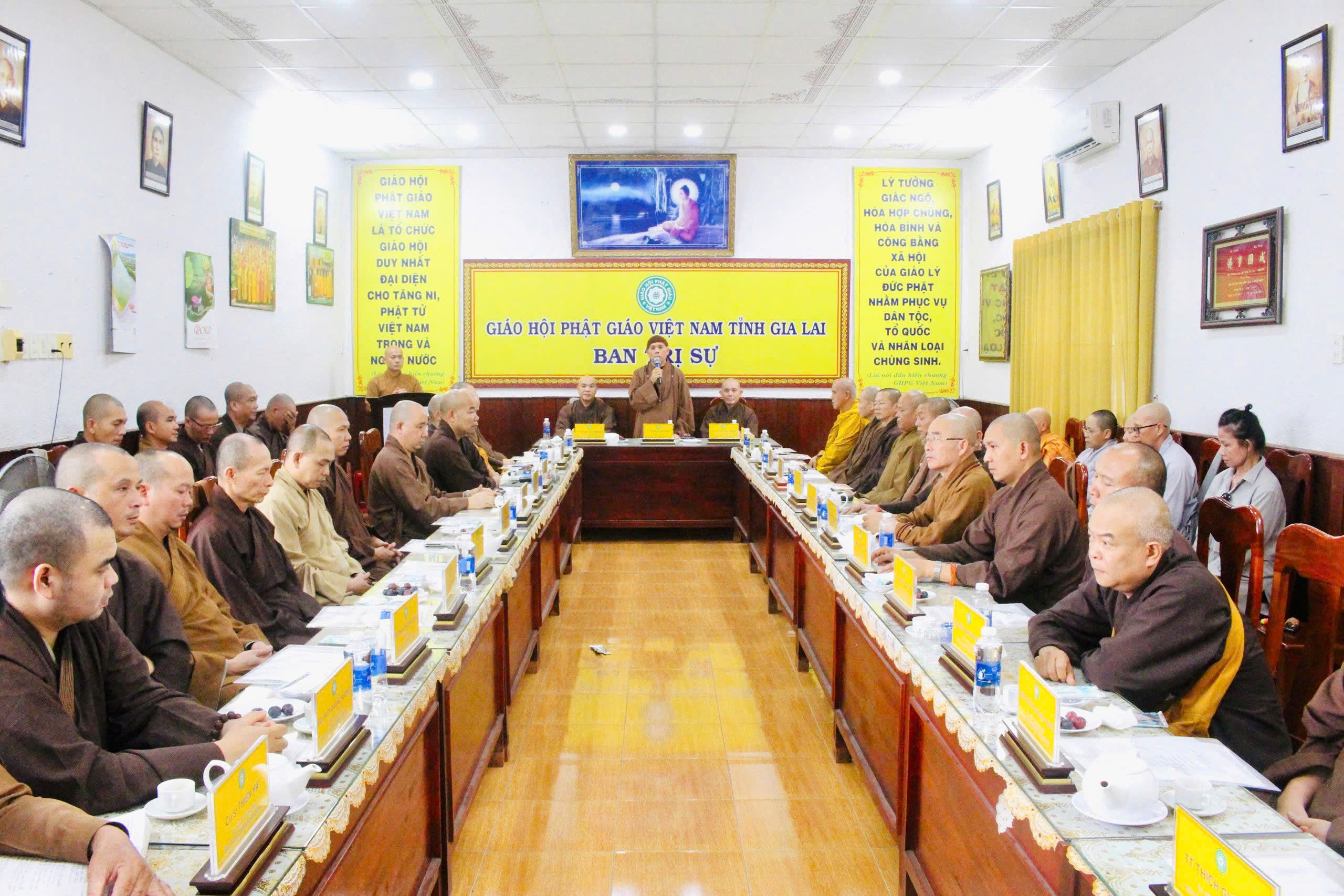
Vietnamese Buddhist Architecture
Temples and pagodas in Vietnam are key expressions of Buddhist tradition and national culture.
Architectural Features:
- Tam Quan Gate (Three-arched gate): Represents body, speech, and mind
- Lotus ponds: Symbol of purity and enlightenment
- Curved tiled roofs: Often decorated with dragons and phoenixes
- Bell and drum towers: Used to announce rituals
Some notable temples:
- Yên Tử Pagoda (Quảng Ninh): Spiritual center of Trúc Lâm Zen
- Thiên Mụ Pagoda (Huế): Iconic symbol of Vietnamese Buddhism
- Bái Đính Pagoda (Ninh Bình): The largest Buddhist temple in Vietnam
Monastic and Lay Life
Monks and Nuns (Tăng Ni)
In Vietnamese Buddhism, monks and nuns play vital roles:
- Teach Dharma
- Lead rituals and meditation
- Engage in community service and social projects
They follow strict codes of conduct and often live in monastic communities (tu viện or chùa).
Lay Practitioners (Phật tử)
Laypeople support the monastic community by:
- Donating food, robes, and offerings
- Attending Dharma talks
- Practicing mindfulness and precepts in daily life
The relationship between monastics and laypeople is mutually supportive, forming the backbone of Vietnamese Buddhist communities.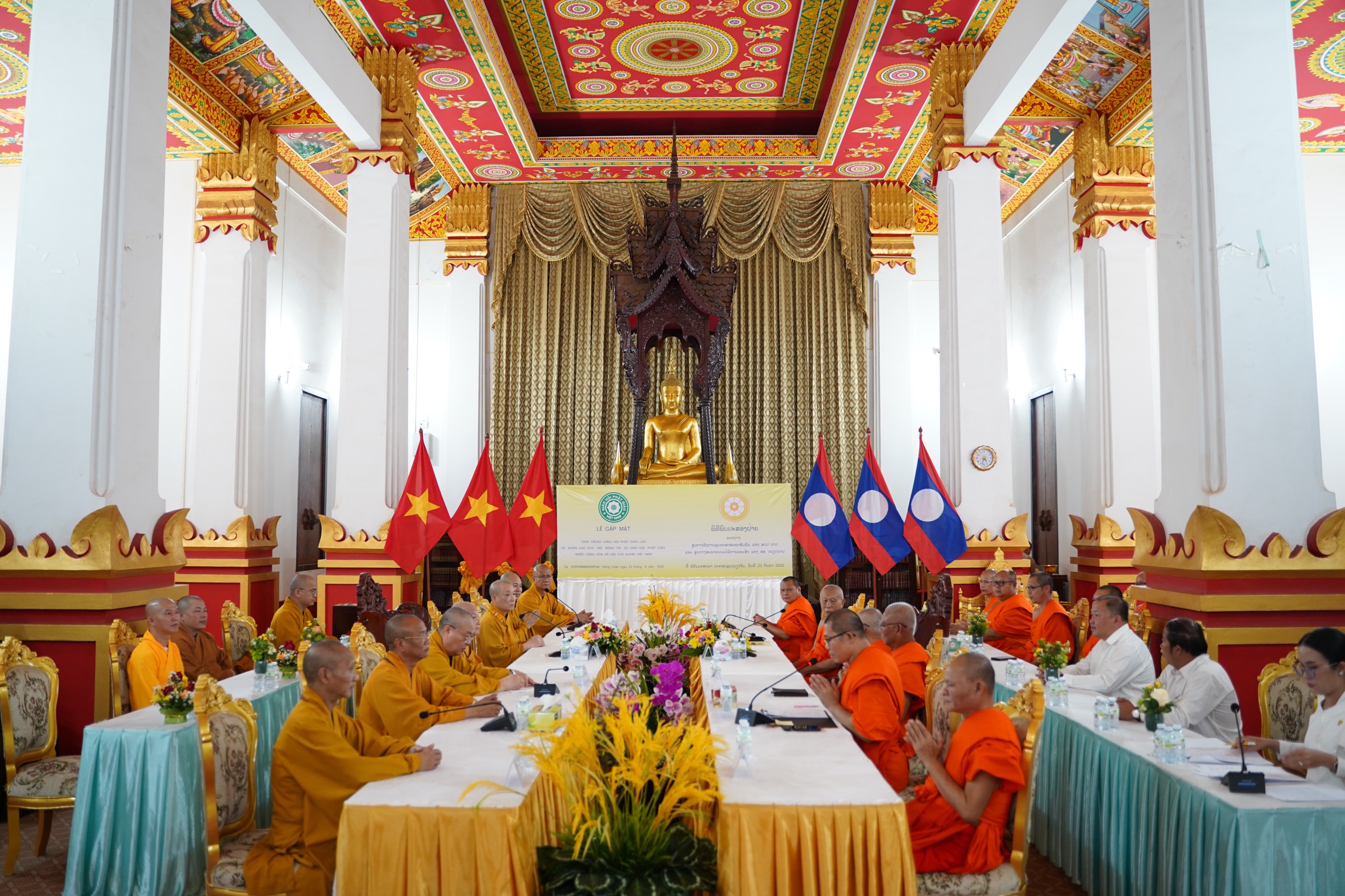
Vietnamese Buddhism in the Modern Era
Digital Presence
Vietnamese Buddhist organizations have embraced the internet:
- Dharma talks on YouTube and Facebook
- Mobile apps for chanting and meditation
- Online ceremonies and retreats
This has globalized Vietnamese Buddhist traditions, making them accessible to younger generations and international followers.
Humanitarian Work
One of the hallmarks of Vietnamese Buddhism is social engagement.
Recent contributions include:
- Building schools and clinics
- Emergency disaster relief
- COVID-19 food distribution and vaccine support
- Centers for orphans, elderly, and disabled
Vietnamese Buddhist charities have contributed over 7,000 billion VND (~$300 million USD) to social programs in the last five years.
International Relations
Vietnamese Buddhists are active on the global stage:
- Hosting World Buddhist Conferences
- Collaborating with Buddhist communities in Japan, Korea, India, Cambodia, and Thailand
- Providing humanitarian aid abroad
This shows that Vietnamese Buddhist traditions are both deeply national and warmly international.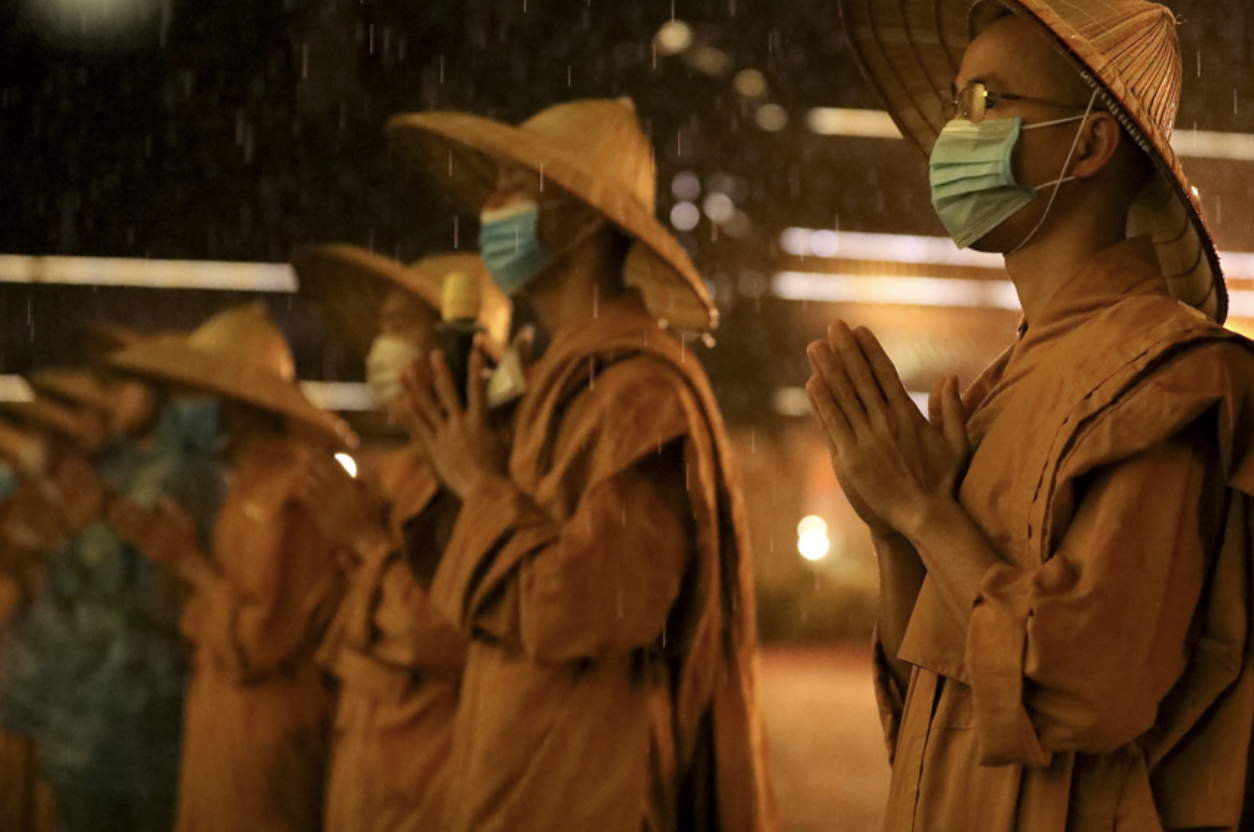
The Trúc Lâm Zen School
Unique to Vietnam, Trúc Lâm Zen was established by King Trần Nhân Tông in the 13th century after he renounced the throne.
Key characteristics:
- Emphasis on meditation and direct experience
- Integration of lay and monastic practice
- Harmony with the nation’s needs
Today, Trúc Lâm monasteries attract both Vietnamese and international students looking for spiritual training.
Visitor’s Guide to Experiencing Vietnamese Buddhist Traditions
For foreign visitors, Vietnamese Buddhist temples and festivals are open and welcoming.
How to Participate Respectfully:
- Dress modestly: Shoulders and knees covered
- Remove shoes: Before entering temples or shrines
- Avoid physical contact: Especially with monks and sacred statues
- Don’t point feet at the altar
- Give quiet offerings: Light incense or leave donations silently
Recommended Experiences:
- Join a meditation retreat at a Trúc Lâm monastery
- Attend Vesak or Vu Lan festivals in Hanoi or Ho Chi Minh City
- Volunteer with Buddhist charities
- Visit historical pagodas like Yên Tử, Thiên Mụ, and Giác Lâm
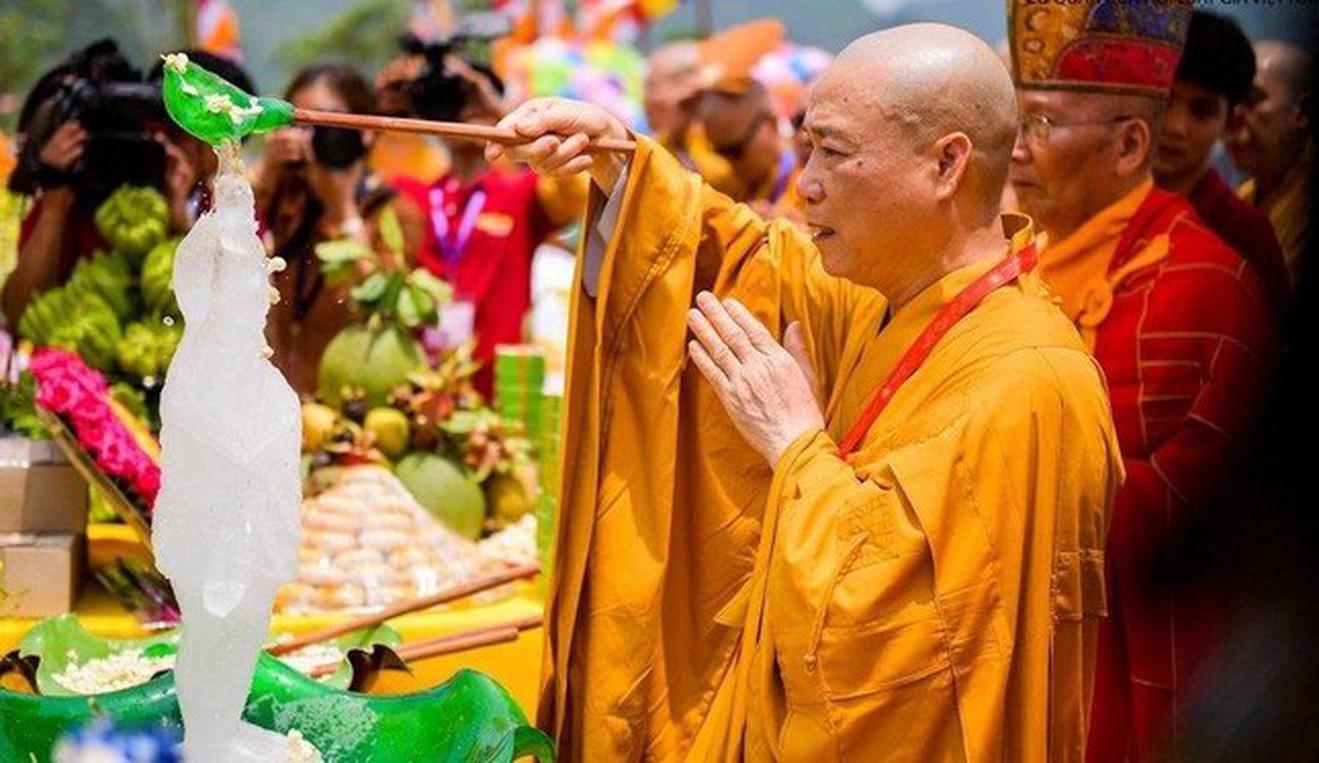
Why Vietnamese Buddhist Traditions Matter
Vietnamese Buddhist traditions are more than religious rituals—they are a living embodiment of Vietnam’s cultural soul.
They promote:
- Inner peace and moral clarity
- Social compassion and public service
- Cultural identity and national pride
As Vietnam continues to modernize, these traditions remain resilient, adaptable, and profoundly meaningful.
For travelers and truth-seekers, engaging with Vietnamese Buddhist traditions offers a unique chance to experience spiritual wisdom, cultural depth, and community harmony—all in one unforgettable journey with Vietnam Culture.
See more post: Vietnamese temples: A spiritual journey through culture, history, and sacred traditions

